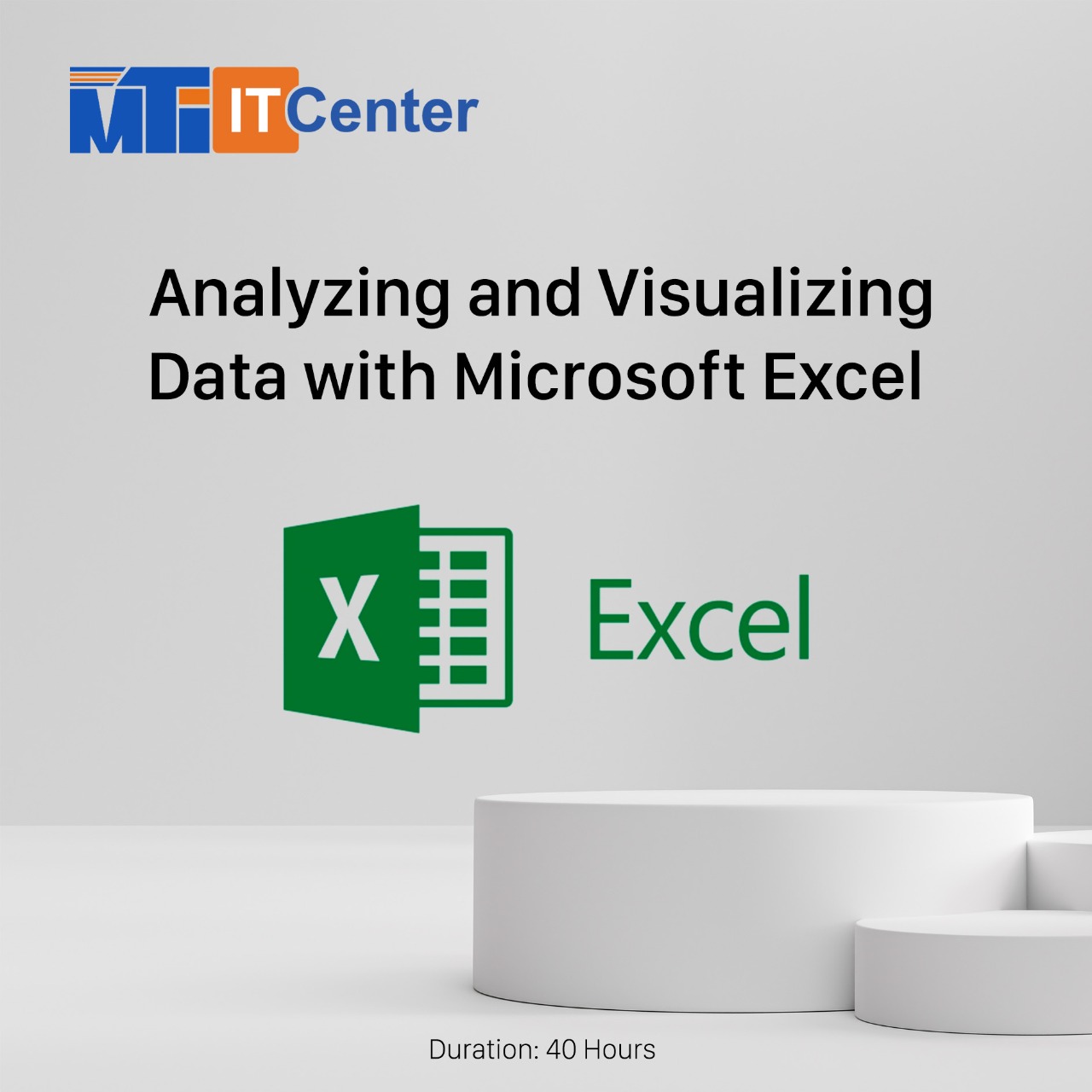
This course includes
Description
Course Overview:
Data is the lifeblood of decision-making in today's world. This 40-hour course is designed to equip you with the essential skills and knowledge needed to gather, transform, and analyze data from various sources. Whether you're an aspiring data analyst, a business professional, or someone looking to enhance their data literacy, this course will empower you to work with data effectively. The course objectives include:
Module 1: Data Gathering and Transformation (12 Hours)
In this module, you will learn how to gather data from multiple sources, clean and preprocess it, and prepare it for analysis.
- Data Sources: Understand where and how to obtain data from various sources, including databases, spreadsheets, and web APIs.
- Data Cleaning: Learn to identify and handle missing data, outliers, and inconsistencies.
- Data Transformation: Explore techniques for data transformation, including data normalization, aggregation, and feature engineering.
- Data Integration: Discover how to combine data from different sources into cohesive datasets.
- Data Cleaning and Transformation Tools: Familiarize yourself with tools like pandas in Python for data manipulation.
Module 2: Data Mashups (8 Hours)
This module focuses on discovering and combining data from diverse sources to create insightful data mashups.
- Data Discovery: Learn how to explore and discover valuable insights within your datasets.
- Data Combining: Understand the art of combining data from various sources to create meaningful mashups.
- Data Enrichment: Discover techniques to enrich your data with external sources for more context.
- Data Mashup Tools: Work with tools like Power Query in Microsoft Excel or similar data mashup tools.
Module 3: Data Model Creation (10 Hours)
In this module, you will dive into the world of data modeling, where you structure your data for efficient analysis.
- Data Modeling Concepts: Understand the importance of data modeling for organizing and analyzing data.
- Dimensional Modeling: Explore dimensional modeling techniques for data warehousing.
- Relational Databases: Learn how to design and create relational databases for structured data.
- NoSQL Databases: Understand NoSQL databases for unstructured and semi-structured data.
- Data Modeling Tools: Familiarize yourself with data modeling tools such as ERD (Entity-Relationship Diagram) tools.
Module 4: Data Analysis and Visualization (10 Hours)
In the final module, you'll explore the world of data analysis and visualization.
- Data Analysis Techniques: Dive into data analysis techniques, including descriptive statistics, regression analysis, and clustering.
- Data Visualization: Learn the art of visualizing data with charts, graphs, and interactive dashboards.
- Data Analysis Tools: Work with data analysis and visualization tools like Python (with libraries like NumPy, pandas, and Matplotlib), R, or data analysis software such as Tableau and Power BI.
By the end of this course, you'll have the knowledge and skills to gather, clean, transform, and analyze data effectively. You'll be equipped to make data-driven decisions and generate valuable insights for your business or personal projects. Whether you're looking to enter the field of data analysis, enhance your business acumen, or simply become more data-savvy, this course will provide you with the foundational skills to succeed in a data-driven world.